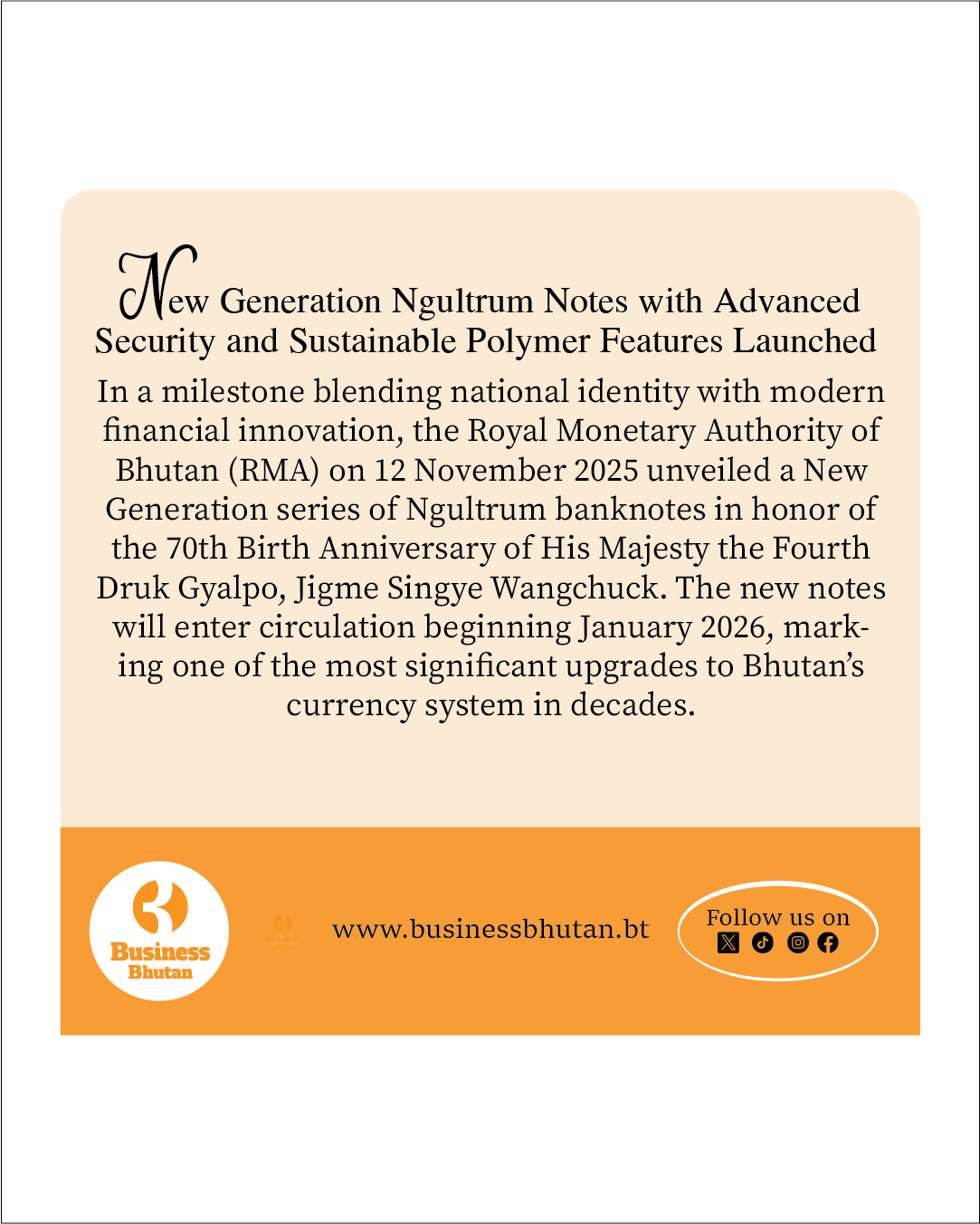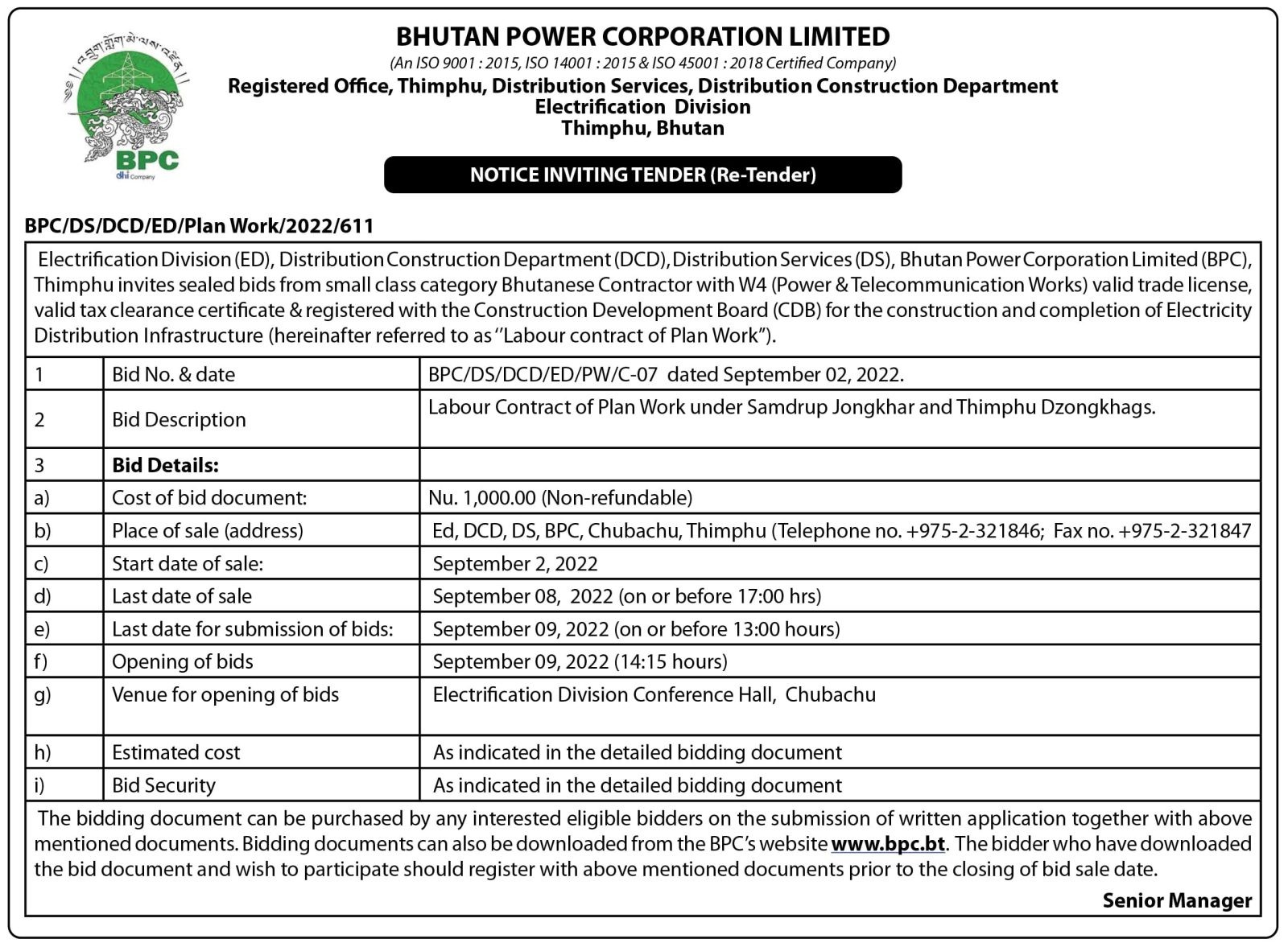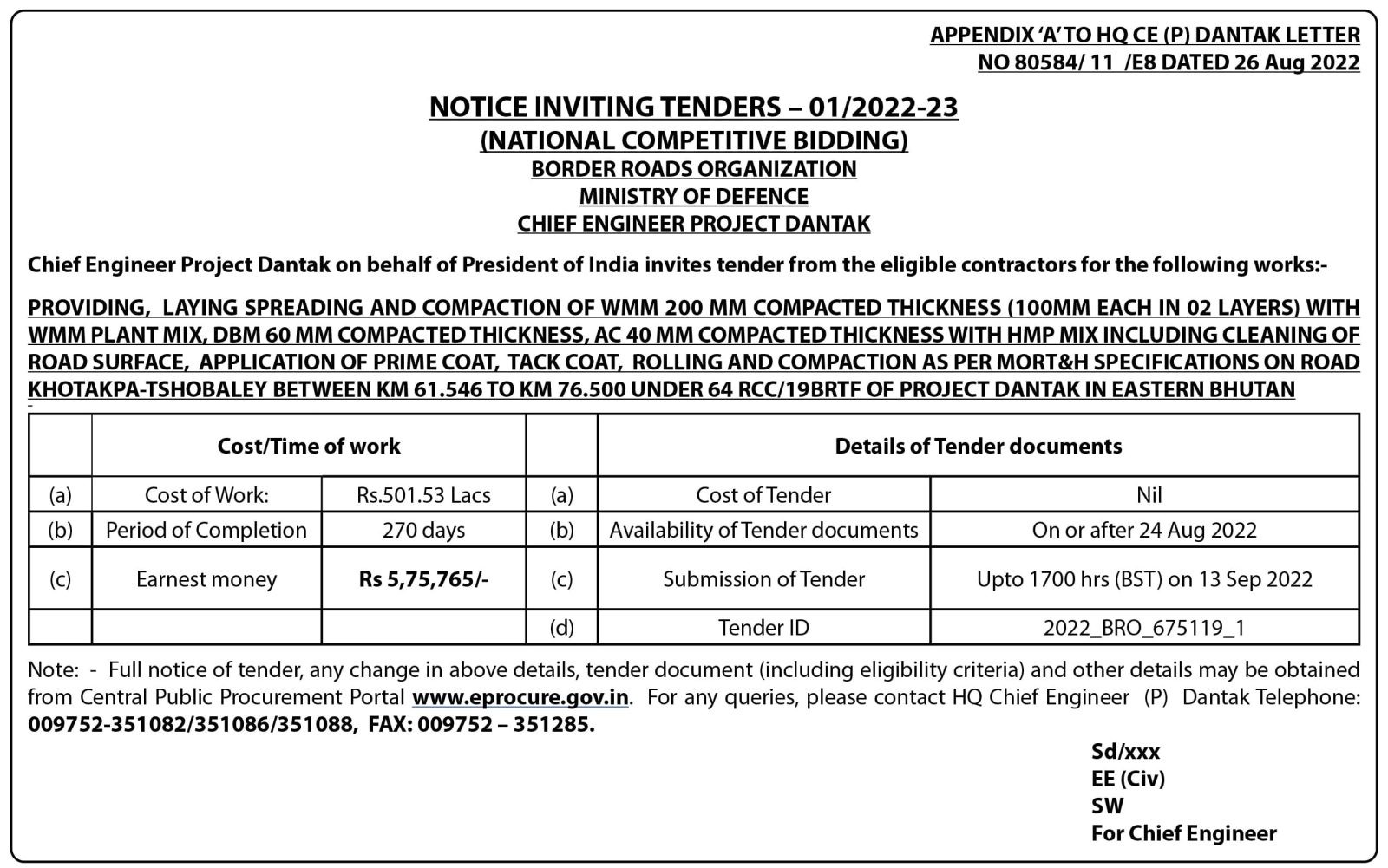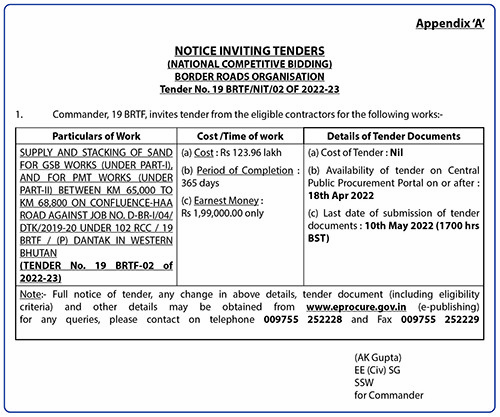Apart from other measures, checking figures and accordingly doing research could be solutions for Bhutan’s balance of trade
The balance of trade (BOT) with India and other countries continue to surge amidst Bhutan’s current unstable. Moreover, this problem is not something new. Data from 2014 till 2023 reveal that Bhutan’s highest BOT (including electricity) was in 2022, when it stood at Nu 61,924million (M). The year saw Bhutan importing goods worth Nu 118,792 M, the highest so far. Exports of the year were Nu 56,871 M. The lowest BOT in the same period was Nu 21,300 M in 2014.
The above illustrates why 2022 saw a huge gap. In 2022, Bhutan imported goods worth Nu 118,792 M, the highest so far, while exports of the year were Nu 56,871 M.
Even excluding electricity the BOT was highest in 2022, with Nu 84,397M. Imports worth Nu 118,792 M were made, while exports were Nu 34, 396 M.
A careful study of the figures reveal that while exports have been increasing at a snail’s pace, imports have galloped away at a very high speed. Similarly, there have been increases in countries that Bhutan imports from. The same increase is not seen in countries Bhutan exports to. In 2014, Bhutan imported from 26 countries. Exports went to only 18 countries. The number of countries Bhutan imported from in 2023 was 45. Bhutan exported to 24 countries in the same year. Further, while there has been new country Bhutan imports from, countries that Bhutan exports to are the same, except for some cases.
“We have been talking about diversifying exports, promoting import substitution, attracting foreign direct investment, strengthening trade agreements, and enhancing productivity. These are the measures through which Bhutan can effectively reduce its balance of payments deficit,” a financial expert said. First, diversifying exports is crucial. “By expanding the range of goods and services offered for export, Bhutan can reduce its reliance on a few sectors, particularly electricity. This diversification can be achieved through the development of niche markets and the promotion of unique Bhutanese products such as handicrafts, organic agricultural products, and tourism services,” he said, adding that tourism is very important for Bhutan.
Speaking about import substitution, he said that the government can play a significant role in addressing the trade deficit. “By encouraging the growth of domestic industries that can produce goods currently imported, Bhutan can lower its import bill. This requires investments in local manufacturing and agriculture, along with policies that support small and medium-sized enterprises,” he said, adding that the injection of the Economic Stimulus Plan budget into these ventures could kill “three birds or more with one stone.”
“The government had mentioned about measures to be taken to attract foreign direct investment (FDI), a contractor said. According to him, the FDI policy should be clear and prudent. “We have to give something to the investors, too. I am glad to hear that their families can now stay here and that they can also go visiting other places in Bhutan. These may seem minor issues, but have huge impacts,” he said. “We are politically stable; we have good infrastructure and the only thing we need to do now is to give some incentives,” he said.
He further spoke about the new trade agreements signed with Bangladesh and the special economic zone (SEZ) that Bhutan has in Kurigram. “This SEZ should solve most of the issues related to costs, distance and others. I am definite that exports will increase while imports will decrease,” he said, adding that it will increase Bhutanese products market access. “By negotiating favorable trade terms, Bhutan can secure better conditions for its exports, helping to increase their competitiveness in international markets.”
“I do not know if a research is ever conducted based on the figures,” senior economists said. “For instance, it is mentioned that in 2021the export of goods including electricity was the highest, generating Nu 579,91 M. Figures tell the story. Concerned agencies should find out why the export was high, how it can be further strengthened and if same measures can be replicated in other places. The same can be done for imports,” he said, adding that figures should be looked into and followed.
Meanwhile, records show that with India, (excluding) electricity BOT was highest in 2023 with Nu 42428.M. Imports then surged to Nu 87,016 M, while the value of exports was 44,588 M. When electricity was included, it was highest in the same year with Nu 57,224 M. Imports and exports here were Nu 87,016 M and Nu 27,913 M respectively.
With countries other than India, 2014 recorded the lowest BOT with Nu 5253 M. The highest was in 2022 with Nu 26, 001.
Similarly, 2022 saw Bhutan importing the highest in trade including electricity with Nu 118,792 M worth goods imported. Excluding electricity the highest import was in 2022 (Nu 118,792 M).
Export was highest in 2021 with Nu 579,91 M, in trade including electricity. Without electricity, export was highest in 2023, with Nu 36,244 M.
With India the highest export was in 2023 with Nu 87016 M and Nu 85138 M with electricity included and excluded respectively.
In terms of export, 2021 was the highest with Nu 50844 M in trade including electricity and Nu 27,913 M in 2023 for trade without export.
2023 saw imports worth Nu 87,016 M in trade with electricity and Nu 85138 M in trade without electricity.
Export to COTI was highest in 2023, with Nu 8331 M. Import was highest in 2022 with Nu 336,99 M.
By Ugyen Tenzin, Thimphu















